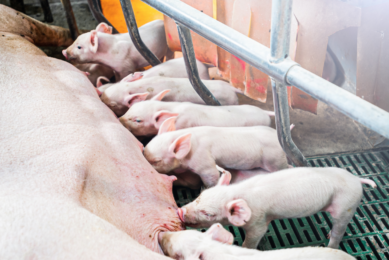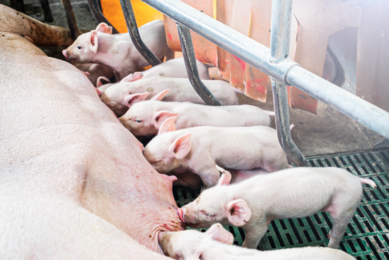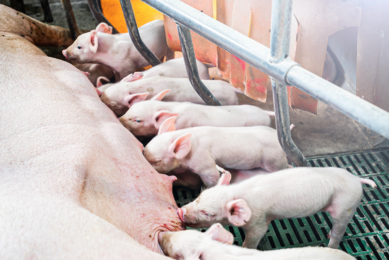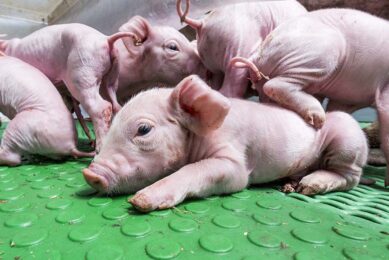Total EU pig population down 4.7% in 2008
The total pig herd in the 27 countries of the European Union has shrunk by 4.7% to 152 million animals in 2008, the EU’s directorate-general DG Agri reports.
In December 2007, the total number of pigs was almost 159,724 million animals, compared to 152,153 million one year later. Most of the decline could be found in Eastern European countries.
The strongest decline in numbers was noted in Slovakia (-21.4%), followed by Slovenia (-20.4%), Czech Republic (-19.8%) and Poland (-19.2%). Of these countries, the Polish pig herd is the largest with still 14,242 million pigs in December 2008. The total pig numbers of Bulgaria, Malta and Hungary also decreased more than 10%. Most decreases have already started back in 2007.
Three countries managed to grow their pig herds slightly throughout 2008: Greece (+2.2%), France (+1.0%) and the Netherlands (+0.2%). For France, it was the first growth since 2005.
Breeding pigs
On a European level, the number of sows decreased rapidly – by 6.1% to 14,002 million – compared to 14,904 a year earlier. Just like with total pig numbers, the biggest decrease was in Eastern Europe: Slovakia (-21.7%), Czech Republic (-22.3%) and Poland (-19.4%). Other heavy declines (more than -10%) happened in Bulgaria, Hungary, Romania and Slovenia.
There was only one EU country noting an increase in sow numbers; Italy had a slight increase of 0.3%.
Most pigs produced
In total pig numbers, Germany came first (26,719 million pigs), shortly followed by runner-up Spain (25,587 million). France (14,796 million), Poland (14,242 million), Denmark (12,195 million) and the Netherlands (11,735 million) are numbers three to six in total pig population.
Of these countries, one more figure is striking: Denmark noted a decrease of 7.4% in total pig numbers. Total sow numbers in Denmark went down by 4.7% to 1,289 million.
Report
The DG Agri report was put online on March 10. Total figures can be found here.











